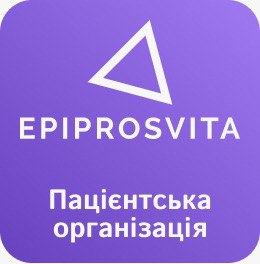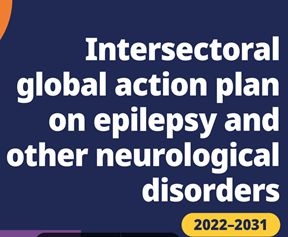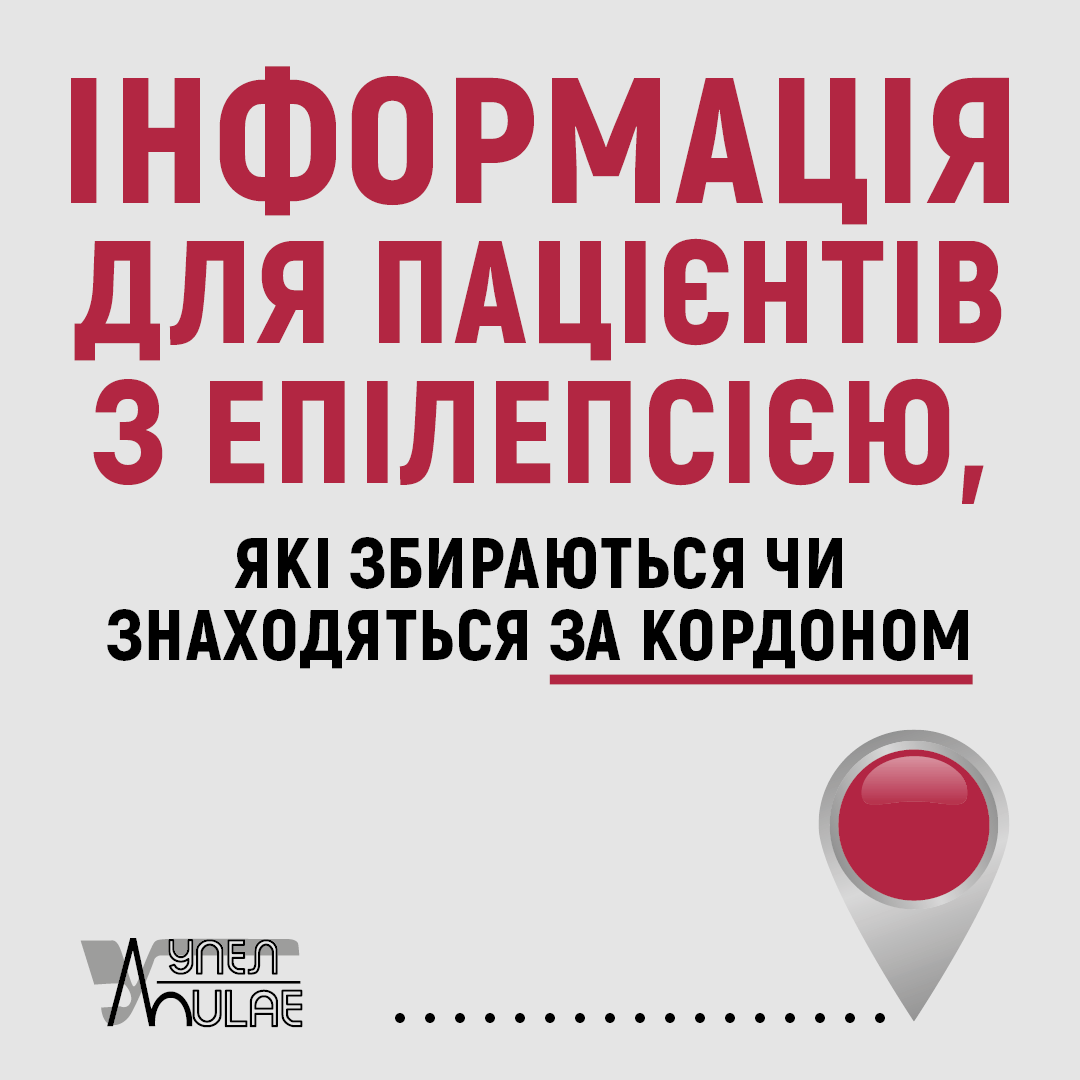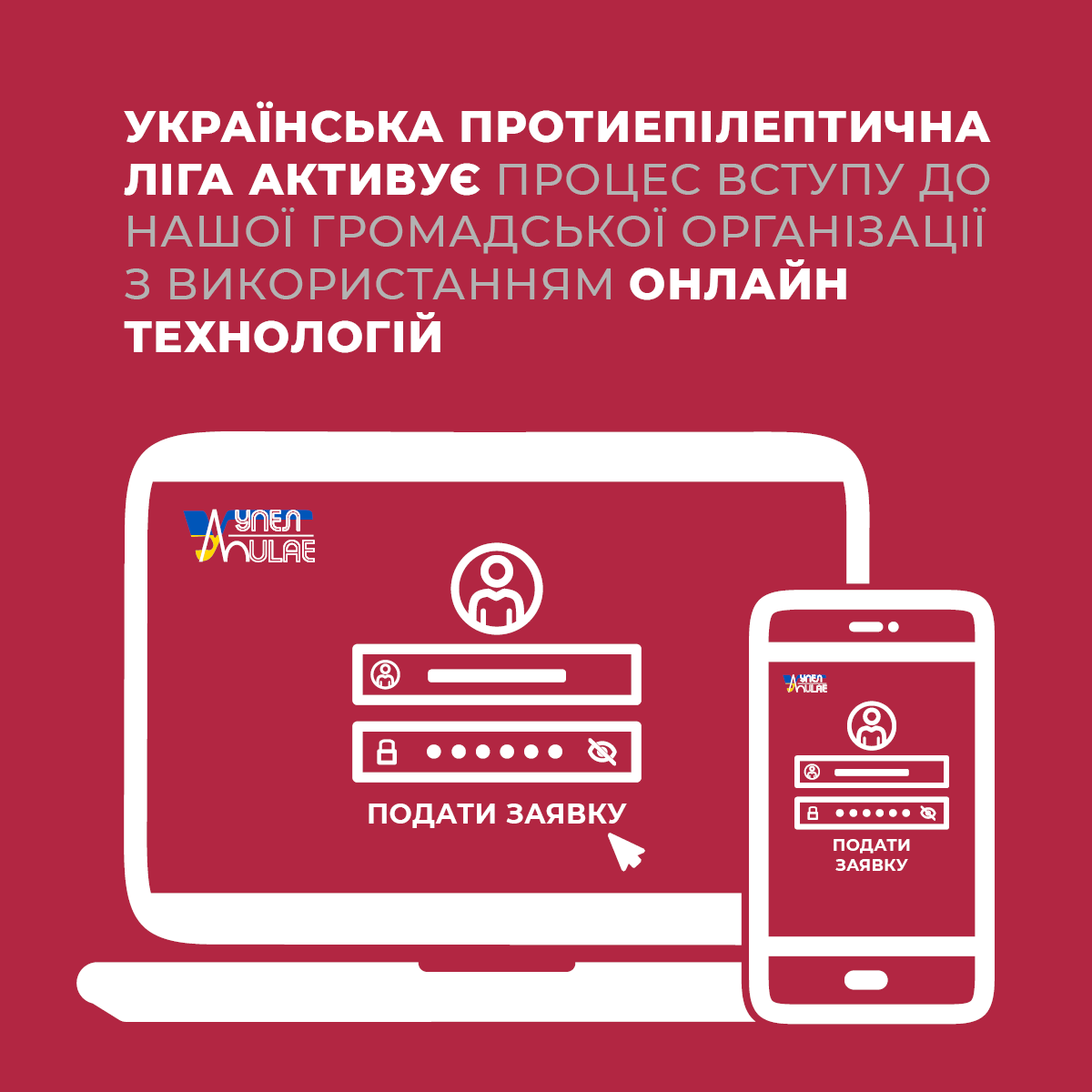Markus Reuber, доктор медичних наук, професор, Академічне відділення неврології, університет Шеффілда, Королівська лікарня Халламшира, Glossop Road, Sheffield, S10 2JF
За останні двадцять років найбільша зміна в діагностичній методології, доступній клініцистам, які консультують пацієнтів із нападами, відбулися не внаслідок розвитку технологій МРТ, ПЕТ-сканування чи магнітоенцефалографії, а завдяки дедалі більшій доступності відеозаписів нападів, знятих на смартфон. Хоча на звичайних відеозаписах нападів, знятих на смартфон, може бути відсутнім початок нападу і можуть бути зафіксовані не всі прояви нападу, що цікавлять діагноста, кілька досліджень продемонстрували прогностичну цінність таких відеозаписів, принаймні при оцінці відео експертами з нападів. (1) Якщо диференціальний діагноз проводиться між епілептичними та функціональними/дисоціативними (неепілептичними) нападами, експерти передбачають діагноз відео-ЕЕГ-моніторингу з точністю більше 90%. У цьому конкретному діагностичному сценарії діагностична цінність домашніх відеозаписів вища, ніж діагностична цінність міжіктальної ЕЕГ (2). Домашні відеозаписи забезпечують об'єктивний засіб передачі спостережуваних проявів нападів. Вони дозволяють пацієнтам і свідкам нападів обійти тонкий процес перенесення своїх спогадів про конкретні патерни рухів або поведінки в уяві клініциста за допомогою слів
Я передбачаю, що така ж велика зміна відбудеться і в наданні постійної медичної допомоги пацієнтам з діагнозом епілепсія: ця зміна включатиме перехід від впевненості в частоті нападів, про які повідомляють самі пацієнти, до використання об'єктивних інструментів, здатних фіксувати дані про частоту та тяжкість недавніх нападів. Цілком очевидно, що самооцінка частоти нападів - навіть якщо вона заснована на щоденниках - вкрай ненадійна, особливо у пацієнтів з фокальними нападами та абсансами, а також у пацієнтів із нападами уві сні, але без партнера по ліжку. В одному дослідженні групові медіани точності індивідуальної документації для фіксації нападів в цілому, простих парціальних нападів, складних парціальних нападів та білатеральних тоніко-клонічних нападів склали 33,3%, 66,7%, 0% та 83,3% відповідно. (3). Навіть пацієнти з високою мотивацією записувати свої напади (наприклад, ті, хто проходить відео-ЕЕГ-моніторинг у стаціонарі з діагностичною метою) часто не записують свої напади - швидше за все, тому, що напад знизив їхню здатність пам'ятати або записувати їх у постіктальному стані. Самозвіти про частоту нападів мають ще більш обмежену цінність у маленьких дітей або людей із порушеннями інтелекту.
Мій Вибір як редактора з поточного журналу «Seizure» - це проспективне дослідження, що оцінює економічні переваги NightWatch ®, однією з конкретних систем об'єктивного моніторингу та реєстрації нападів, проведене Anouk Engelgeer та ін. (4). Хоча ця система має обмежене значення для виявлення нападів з незначними руховими компонентами, раніше було показано, що вона може виявляти двосторонні тоніко-клонічні напади з високим рівнем точності та з прийнятно низьким числом помилкових тривог (5). Точна інформація про рівень контролю нападів - особливо тоніко-клонічних нападів уві сні - може бути більш важливою для профілактики SUDEP, ніж здатність інших людей надати негайну допомогу у постіктальний період.
У контексті дослідження Engelgeer та ін. переваги використання цієї об'єктивної системи моніторингу нападів у дітей з неконтрольованою епілепсією можна було оцінити відразу: Витрати суспільства на надання медичної допомоги значно знизилися порівняно з вихідним рівнем до моніторингу та в період втручання. Більша частина різниці у витратах була пояснена витратами на охорону здоров'я дітей та осіб, які здійснюють догляд, а 10% - змінами у продуктивності праці. Одномірний аналіз чутливості щодо перспективи та методу інтерполяції продемонстрував стійкість отриманих результатів.
Демонстрація економічної ефективності, ймовірно, сприятиме збільшенню використання систем моніторингу нападів, таких як NightWatch ®, дозволяючи більшій кількості лікарів призначати такі системи своїм пацієнтам. Поряд із передбачуваним подальшим удосконаленням технології моніторингу та покращенням аналізу даних моніторингу та передачі їх у спеціалізовані служби, ця розробка стане ще одним важливим кроком на шляху до впровадження об'єктивного моніторингу нападів у рутинне лікування епілепсії.
Література
- Ricci L, Boscarino M, Assenza, Vincenzo-Lazzaro G, Tombini M, Lanzone J, Di Lazzaro V et al. Clinical utility of home videos for diagnosing epileptic seizures: a systematic review and practical recommendations for optimal and safe recording. Neurol Sci 2021;42:1301–1309.
- Chen DK, Graber KD, Anderson CT, Fisher RS. Sensitivity and specificity of video alone versus electroencephalography alone for the diagnosis of partial seizures. Epilepsy Behav 2008;13:115–118.
- Hoppe C, Poepel A, Elger CE. Epilepsy: Accuracy of Patient Seizure Counts. Arch Neurol 2007;64:1595–1599.
- Engelgeer A, van Westrhenen A, Thijs RD, Evers SMAA. An economic evaluation of the NightWatch for children with refractory epilepsy: insight into the cost-effectiveness and cost utility, Seizure 2022, please add bibliographic details.
- Arends J, Thijs RD, Gutter T, Ungureanu C, Cluitmans P, Van Dijk J, et al. Multimodal nocturnal seizure detection in a residential care setting: A long-term prospective trial: A longterm prospective trial. Neurology 2018;91:e2010-9.
Markus Reuber MD PhD, Academic Neurology Unit, University of Sheffield, Royal Hallamshire Hospital, Glossop Road, Sheffield, S10 2JF
Over the last twenty years, the greatest step change in the diagnostic methodology available to clinicians advising patients with seizures has not involved advances is MRI technology, PET scanning or Magnetoencephalography but the increasing availability of smart phone video footage of seizures. While typical smart phone seizure videos may lack the start of the seizure and may not capture all of the seizure manifestations a diagnostician would be interested in, several studies have demonstrated the predictive value of such video recordings, at least when videos are rated by seizures experts. (1) If the differential diagnosis is between epileptic and functional / dissociative (nonepileptic) seizures, experts predict video-EEG diagnoses with over 90% accuracy. In this particular diagnostic scenario, the diagnostic value of home videos is greater than that of interictal EEG (2). Home video recordings provide an objective means of communicating observable seizure manifestations. They enable patients and seizure witnesses to bypass the tenuous process of transferring their recollections of particular patterns of movement or behavior to the clinician’s imagination by means of words.
I predict that a similarly large step change is afoot in the provision of ongoing care to patients who have been diagnosed with epilepsy: This step change will involve a switch from the reliance on self-reported seizure frequencies to the use of objective tools capable of capturing data about the frequency and severity of recent seizures. It is very clear that self-reported seizure frequencies – even when based on diaries – are highly unreliable especially in patients with focal impaired awareness and absence seizures but also in those with seizures from sleep but without a bed partner. In one study the group medians of individual documentation accuracies for overall seizures, simple partial seizures, complex partial seizures and bilateral tonic-clonic seizures were 33.3%, 66.7%, 0%, and 83.3%, respectively (3). Even patients who are highly motivated to record their seizures (like those undergoing inpatient video-EEG monitoring for diagnostic purposes) often fail to record their seizures – most likely because the seizure has reduced their ability to remember or to record it in the postictal state. Self-report of seizure frequencies is of even more limited value in young children or individuals with intellectual disabilities.
My Editor’s Choice from the current volume of Seizure is a prospective study evaluating the health economic benefits of NightWatch ®, one particular objective seizure monitoring and recording system, by Anouk Engelgeer et al (4). While this system is of limited value in the detection of seizures with minor motor components, it has previously been shown to pick up bilateral tonic clonic seizures with a high level of accuracy and with an acceptably low number of false alarms (5). Accurate information about the level of control of seizures – especially of tonic clonic seizures from sleep – may be more important for the prevention of SUDEP than the ability to of others to provide immediate postictal assistance.
In the context of the study by Engelgeer et al the benefits of using this objective seizure monitoring system in children with uncontrolled epilepsy were more immediately measurable: Societal care provision costs fell significantly from the pre-monitoring baseline to the intervention period. Most of the cost difference was explained by child and caregiver healthcare costs, 10% by productivity changes. Univariate sensitivity analyses on the perspective and imputation method demonstrated the robustness of the findings.
The demonstration of cost effectiveness is likely to contribute to an increase in the use of seizure monitoring systems such as NightWatch ® by allowing more clinicians to prescribe such systems for their patients. Alongside the predictable further refinement of monitoring technology and improvements in monitoring data analysis and transmission to specialist services, this development will be another important step towards embedding objective seizure monitoring in routine epilepsy care.
References
- Ricci L, Boscarino M, Assenza, Vincenzo-Lazzaro G, Tombini M, Lanzone J, Di Lazzaro V et al. Clinical utility of home videos for diagnosing epileptic seizures: a systematic review and practical recommendations for optimal and safe recording. Neurol Sci 2021;42:1301–1309.
- Chen DK, Graber KD, Anderson CT, Fisher RS. Sensitivity and specificity of video alone versus electroencephalography alone for the diagnosis of partial seizures. Epilepsy Behav 2008;13:115–118.
- Hoppe C, Poepel A, Elger CE. Epilepsy: Accuracy of Patient Seizure Counts. Arch Neurol 2007;64:1595–1599.
- Engelgeer A, van Westrhenen A, Thijs RD, Evers SMAA. An economic evaluation of the NightWatch for children with refractory epilepsy: insight into the cost-effectiveness and cost utility, Seizure 2022, please add bibliographic details.
- Arends J, Thijs RD, Gutter T, Ungureanu C, Cluitmans P, Van Dijk J, et al. Multimodal nocturnal seizure detection in a residential care setting: A long-term prospective trial: A longterm prospective trial. Neurology 2018;91:e2010-9.





